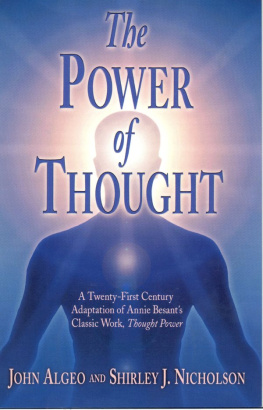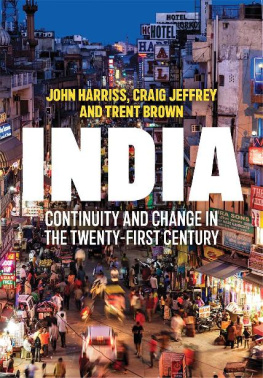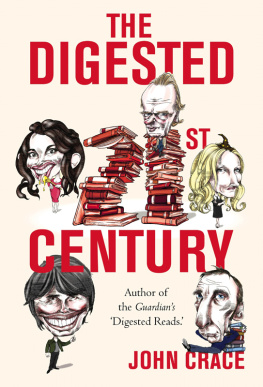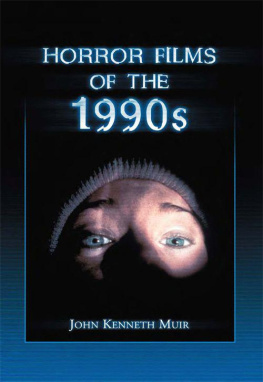TWENTY-SOMETHING IN THE 1990s
This book is dedicated to the founder of the 1958 and 1970 British Birth Cohort Studies, Neville Butler.
Twenty-something in the 1990s
Getting On, Getting By, Getting Nowhere
Edited by
JOHN BYNNER, ELSA FERRI and PETER SHEPHERD
Social Statistics Research Unit of City University
First published 1997 by Ashgate Publishing
Reissued 2018 by Routledge
2 Park Square, Milton Park, Abingdon, Oxon, OX14 4RN
711 Third Avenue, New York, NY 10017, USA
Routledge is an imprint of the Taylor & Francis Group, an informa business
Copyright John Bynner, Elsa Ferri and Peter Shepherd 1997
All rights reserved. No part of this book may be reprinted or reproduced or utilised in any form or by any electronic, mechanical, or other means, now known or hereafter invented, including photocopying and recording, or in any information storage or retrieval system, without permission in writing from the publishers.
Notice:
Product or corporate names may be trademarks or registered trademarks, and are used only for identification and explanation without intent to infringe.
Publishers Note
The publisher has gone to great lengths to ensure the quality of this reprint but points out that some imperfections in the original copies may be apparent.
Disclaimer
The publisher has made every effort to trace copyright holders and welcomes correspondence from those they have been unable to contact.
A Library of Congress record exists under LC control number: 97030130
Cover designed by Kevin Dodwell
ISBN 13: 978-1-138-35976-5 (hbk)
ISBN 13: 978-0-429-43351-1 (ebk)
Contents
John Bynner, Elsa Ferri and Peter Shepherd
John Bynner and Samantha Parsons
Heather Joshi and Pierella Paci
Elsa Ferri and Kate Smith
Scott M. Montgomery and Ingrid Schoon
Richard D. Wiggins, John Bynner and Samantha Parsons
John Bynner, Elsa Ferri and Kate Smith
The origins of the survey of 26 year-olds, on which this book is based, go back to 1970; in that year the third of Britains internationally renowned birth cohort studies was launched. The 1970 British Birth Cohort Study (BCS70) followed similar studies of perinatal mortality begun in 1946 and 1958. Each comprised all births in a single week in Britain - in the order of 17,000. Neville Butler was instrumental in setting up the 1958 and 1970 birth cohort studies; it was also his foresight which was instrumental in their continuing as longitudinal studies through childhood and adolescence into adulthood. Taken together, the British birth cohort studies represent a remarkable research resource unequalled in any other country.
We are grateful to the Economic and Social Research Council who funded the survey. We also acknowledge with thanks the continuing support of the International Centre for Child Studies, under the directorship of Neville Butler, who were responsible for BCS70 until it came to the Social Statistics Research Unit at City University in 1991. The MORI research organisation carried out the survey in April 1996, at the time of the cohorts 26th birthday, and prepared the data collected for analysis. The cohort members response to the questions asked them was magnificent. We are most grateful to every one of them who took the trouble to fill in our questionnaires; the data they supplied have enabled us to construct this unique picture of a generation.
To ensure that the findings of the survey were published as soon as possible after the survey, there has been great pressure in the production of this book. Gratitude is due to everybody in SSRU who contributed much time and effort to getting it out on time. Kate Smith and Kevin Dodwell produced the final versions of the graphics and tables for the book. Kate Smith produced the pen portraits of cohort members presented in , assisted authors in accessing the database and helped with data analysis. Mahmood Sadigh managed the computing resources for the project. Kevin Dodwell, Denise Brown and Mary Ukah, with the help of other staff, coded the data needed for analysis. Sheila Young did much of the typing, helped by Theresa Carey. The dedication of everybody involved in the project was essential to its success.
Finally, the chapters were written by a number of SSRU staff and other colleagues, working together in a team to ensure a coherent approach to the data analysis and writing. Responsibility for the final version of the manuscript lies with the editors.
John Bynner, Elsa Ferri, Peter Shepherd.
JOHN BYNNER, ELSA FERRI and PETER SHEPHERD
Introduction
This book is about the lives, past and present, of 9000 young adults who were all born in the same week of 1970. A generation born in that year has grown up in quite different circumstances from one born even a decade earlier. The 70s and, particularly, the 80s in Britain were periods of massive social, economic and political transformation. The standard transition from school to work, which up until the end of the 1960s two thirds of young people made at the age of 16, was replaced ten years later by one in which only one third were leaving school at the minimum age. And most of those who did leave then went into training schemes rather than jobs.
Our cohort born in 1970 were, at 16, still leaving education in large numbers - less than half were staying on - but they faced a labour market where youth employment was fast disappearing. In place of jobs were a variety of training schemes brought together by the Governments Manpower Services Commission, under the general heading of the Youth Training Scheme (YTS). As social security benefits were still available to young people at the time - they were terminated in 1988 - unemployment was also an option. The lucky ones - mainly in the south of England - got the few jobs that were still available to young people.
Changes in the labour market
The origins of these transition problems are not difficult to see. With the advent of computer-based information technology, the nature of employment had been rapidly transformed. Much unskilled work in manufacturing had disappeared, and new kinds of skill were increasingly in demand from employers. Coupled with the economic recessions of the early 1980s, and with fierce competition from the rapidly growing economies of Asia, manufacturing industry collapsed, and the traditional industrial heartlands of Britain experienced unemployment on an unprecedented scale.
Early Government attempts to combat youth unemployment, such as the Youth Opportunities Programme (YOPs), were premised as much on a perceived need to keep young people off the streets, as on a commitment to promoting and facilitating fondamental changes in their employability. In 1981, a Government White Paper, the New Training Initiative, heralded a quite new approach, whereby the new technological skills that industry was now demanding would be supplied to potential employees through training schemes. These replaced the traditional apprenticeships, which tended mainly to be done by boys, and had been seen for some time to be getting increasingly out of date, typically being labelled as time serving. Youth training in the 80s, directed at the whole annual cohort of 600,000 school leavers, went though a variety of forms, before it finally terminated in 1988 as a national scheme, and was handed over to the locally based Training and Enterprise Councils (TECs). In 1994, yet another development was announced, the modern apprenticeship, which re-established the traditional means of training young people for jobs, but through a much shortened two year period of work- based training combined with education.












